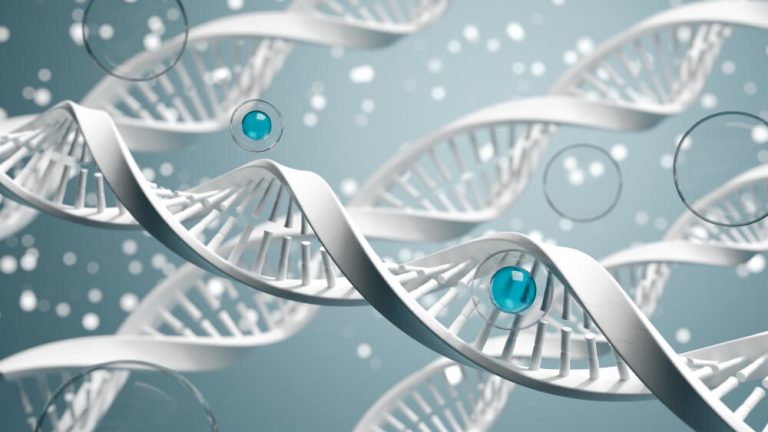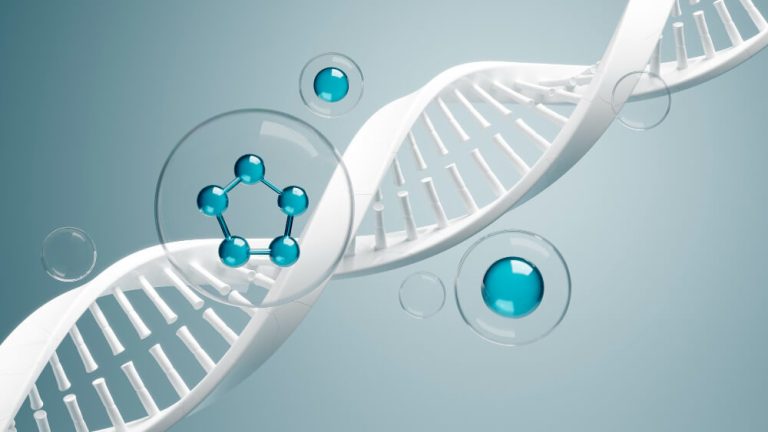Unlocking Cellular Health: A Deep Dive into NAD Training and Its Promise for Longevity
In the quest for a longer, healthier life, the focus is shifting from simply treating diseases to optimizing the very foundation of our biology: our cells. At the heart of this cellular machinery is a molecule that scientists are hailing as a cornerstone of vitality and youthfulness. This molecule, Nicotinamide Adenine Dinucleotide or NAD+, is fundamental to nearly every biological process that keeps us alive and thriving.
As we age, the natural supply of this critical coenzyme plummets, leading to a cascade of cellular slowdowns that we experience as aging. This decline can manifest as lower energy, mental fog, and a reduced capacity for our bodies to repair themselves. The exciting news is that we are no longer passive observers of this process. Through advanced interventions and specialized knowledge, the field of regenerative medicine offers powerful strategies to replenish these vital resources. Understanding these strategies begins with comprehensive NAD training, which empowers practitioners to harness this science for profound patient outcomes.
The growing interest in NAD+ is not just a passing trend; it represents a paradigm shift in how we approach healthspan. It’s about moving beyond surface-level symptoms to address the core mechanisms of aging. By learning how to support and restore NAD+ levels, we can potentially influence energy metabolism, DNA repair, and the body’s intrinsic resilience, opening a new frontier in the pursuit of longevity.
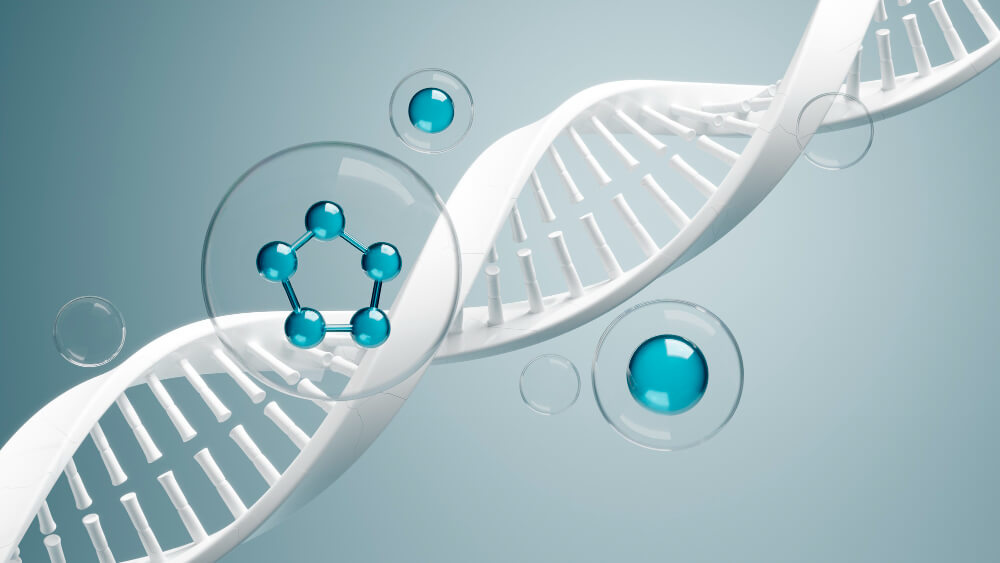
What Exactly Is NAD+ and Why Is It So Important?
To understand the excitement surrounding NAD+, you first need to appreciate its role as a master regulator within the body. Think of it as a crucial utility player on a biological team, essential for countless functions. NAD+ is a coenzyme, which means it’s a ‘helper’ molecule that other enzymes need in order to do their jobs correctly. Without sufficient NAD+, many of the body’s most critical processes would grind to a halt.
Its most famous job is in energy production. NAD+ is indispensable for converting the food we eat into cellular energy, known as ATP. This process occurs in the mitochondria, the powerhouses of our cells. NAD+ acts like a shuttle, transporting electrons during metabolic reactions, a step that is absolutely necessary for generating the ATP that fuels everything from muscle movement to brain activity.
Beyond energy, NAD+ is a critical substrate for two other major classes of enzymes: sirtuins and PARPs. Sirtuins are often called ‘longevity genes’ because they regulate cellular health, inflammation, and stress resistance. They require NAD+ to function. PARPs, on the other hand, are enzymes that use NAD+ to repair damaged DNA. When our DNA is damaged by environmental toxins or metabolic byproducts, PARPs are the first responders, and they can’t do their job without a ready supply of NAD+.

How Does NAD+ Decline as We Age?
The decline of NAD+ levels is a hallmark of the aging process. Studies show that by middle age, our NAD+ levels may be half of what they were in our youth. This isn’t just a random occurrence; it’s driven by a combination of factors that accumulate over time, creating a perfect storm for cellular decline.
One of the primary culprits is an increase in an enzyme called CD38. This enzyme’s main job is to consume NAD+. As we get older, and particularly in the presence of chronic low-grade inflammation, the activity of CD38 ramps up significantly. It effectively chews through our cellular reserves of NAD+, leaving less available for vital functions like energy production and DNA repair.
Furthermore, the very processes that require NAD+, such as repairing DNA damage, also contribute to its depletion. The more damage our cells accumulate from oxidative stress, environmental toxins, and lifestyle factors, the more NAD+ gets used up by PARP enzymes in the repair effort. This creates a vicious cycle: lower NAD+ impairs cellular function, leading to more damage, which in turn consumes even more NAD+.
Lifestyle choices also play a significant role. A diet high in processed foods, a sedentary lifestyle, and poor sleep patterns can all contribute to the inflammation and oxidative stress that accelerate NAD+ depletion. This steady decline is directly linked to many of the conditions we associate with aging, from metabolic dysfunction to cognitive decline.

What Is NAD+ Therapy and How Does It Work?
Given the critical role of NAD+ and its age-related decline, the logical next question is whether we can restore it. The answer is yes, and this is the basis of NAD+ therapy. The goal of this therapy is to elevate the body’s levels of NAD+ to more youthful, optimal ranges, thereby supporting cellular function and promoting overall health.
There are several methods to achieve this, each with its own mechanism and application. The most direct method is intravenous or IV therapy. This involves administering NAD+ directly into the bloodstream, ensuring 100 percent bioavailability. This means the molecule bypasses the digestive system and is immediately available for use by cells throughout the body. IV infusions are often used for individuals seeking a rapid and potent boost to their NAD+ levels.
Another popular approach is through the use of NAD+ precursors. These are molecules that the body can convert into NAD+. The two most well-researched precursors are Nicotinamide Riboside (NR) and Nicotinamide Mononucleotide (NMN). When consumed as oral supplements, these compounds enter the cellular pathways that synthesize new NAD+. They act as the raw materials, providing the building blocks your cells need to replenish their own supply.
Finally, lifestyle interventions can also support NAD+ levels. Caloric restriction, intermittent fasting, and certain types of exercise, like high-intensity interval training, have been shown to naturally stimulate the body’s NAD+ production pathways. While perhaps less potent than direct therapy, these habits are foundational for long-term cellular health. For many, a combination of targeted therapy and a supportive lifestyle offers the most comprehensive approach to tackling issues like persistent fatigue and cognitive sluggishness. The improvements in mental clarity are a frequently reported benefit, making the use of NAD for chronic fatigue and brain fog a key area of clinical interest.

What Are the Potential Benefits of Optimizing NAD+ Levels?
Restoring NAD+ to more youthful levels has been associated with a wide array of potential health benefits that touch nearly every system in the body. By supporting the fundamental processes of cellular energy and repair, NAD+ therapy aims to enhance vitality from the inside out. The reported outcomes span from improvements in physical energy to sharper mental acuity and enhanced metabolic function.
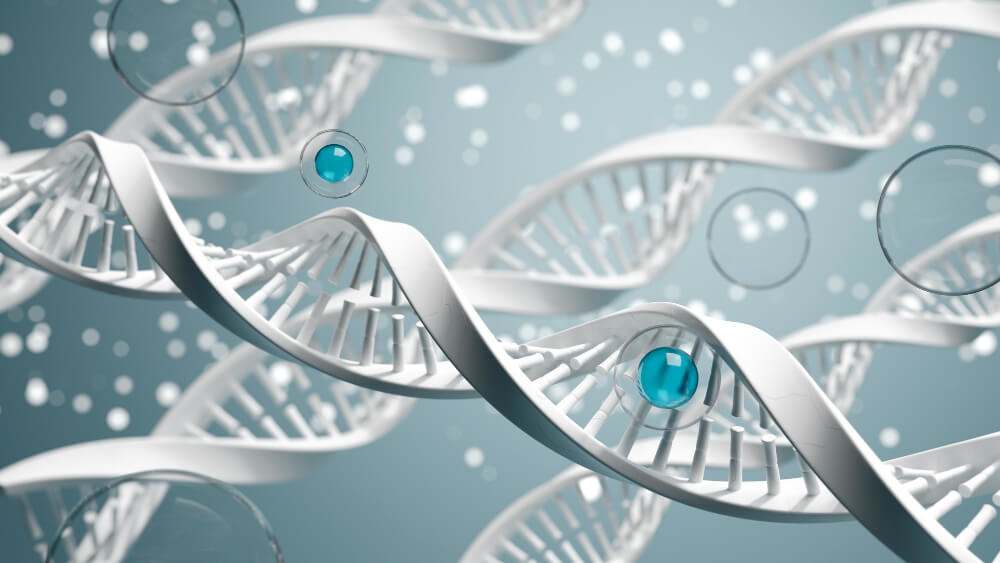
Can NAD+ Improve Energy and Reduce Fatigue?
One of the most immediate and noticeable effects reported by individuals undergoing NAD+ therapy is a significant boost in energy levels. This makes perfect sense from a biochemical perspective. Since NAD+ is a linchpin in mitochondrial ATP production, increasing its availability can directly enhance the efficiency of our cellular powerhouses. For those struggling with general lethargy or profound fatigue, optimizing NAD+ can feel like turning the lights back on.
This benefit extends beyond simply feeling more awake. By improving energy metabolism at the cellular level, NAD+ may help enhance physical performance, endurance, and recovery from exertion. It supports the body’s ability to meet its energy demands, whether for a strenuous workout or simply navigating the challenges of a busy day with greater vigor.

How Does NAD+ Support Brain Health and Cognitive Function?
The brain is an incredibly energy-intensive organ, consuming about 20 percent of the body’s total energy despite making up only 2 percent of its weight. Therefore, the brain is particularly sensitive to declines in NAD+ and mitochondrial function. Restoring NAD+ levels can provide profound support for neurological health and cognitive performance.
NAD+ is crucial for neuronal communication, plasticity, and protecting brain cells from oxidative stress and inflammation. Sirtuins, activated by NAD+, play a key role in maintaining healthy brain function and have been implicated in memory and learning. Many individuals report enhanced mental clarity, improved focus, and a reduction in the ‘brain fog’ that often accompanies aging or chronic stress. The work of pioneering researchers, such as those at the Sinclair Lab at Harvard Medical School, continues to uncover the deep connections between NAD+ metabolism and neurological resilience.

Can NAD+ Help with Cellular Repair and Longevity?
This is perhaps the most exciting area of NAD+ research. The connection between NAD+, sirtuins, and DNA repair positions it as a key player in the science of longevity. As mentioned, sirtuins are powerful regulators of cellular aging, and they depend on NAD+ to function. Activating these pathways is thought to promote cellular cleanup processes and enhance stress resistance.
Simultaneously, NAD+ fuels the PARP enzymes that are constantly working to repair breaks in our DNA. A robust DNA repair system is essential for preventing cellular mutations and maintaining genomic stability, a cornerstone of healthy aging. The scientific community has taken a deep interest in this area, with major studies exploring these mechanisms. For instance, research published in journals like Nature Metabolism highlights how NAD+ repletion can improve mitochondrial and stem cell function to promote healthy aging.
Further studies, such as those in Cell Metabolism, have shown that restoring NAD+ levels in older animals can reverse certain aspects of aging, sparking immense interest in its potential for humans. The collective body of research paints a compelling picture of NAD+ as a molecule that helps the body maintain its youthful programming for longer.

What Is the Role of NAD+ in Metabolic Health?
Metabolic health is another domain where NAD+ demonstrates significant influence. Sirtuins and other NAD+-dependent enzymes are critical regulators of metabolism, including glucose management and fatty acid oxidation. A healthy NAD+ level supports insulin sensitivity, making it easier for cells to take up glucose from the blood for energy.
By enhancing mitochondrial function, NAD+ helps the body efficiently burn fats and carbohydrates for fuel, which is essential for maintaining a healthy body weight and composition. As NAD+ levels decline with age, metabolic flexibility can decrease, contributing to conditions like metabolic syndrome and type 2 diabetes. Supporting NAD+ pools is therefore seen as a proactive strategy for maintaining metabolic resilience throughout life. For those wanting to explore the breadth of ongoing research, resources like Lifespan.io provide a comprehensive topic overview on NAD+.

Is NAD+ Therapy Safe for Everyone?
With any powerful therapeutic intervention, questions of safety are paramount. NAD+ therapy, particularly when administered by trained professionals, is generally considered safe and well-tolerated. The molecule itself is natural to the body, and the therapy is designed to restore it to levels found in youth, not to introduce a foreign substance. However, like any treatment, it is not without potential side effects or considerations.
When NAD+ is administered intravenously, some individuals may experience temporary side effects during the infusion. These can include a feeling of warmth or flushing, mild chest pressure, light-headedness, or slight nausea. These sensations are typically related to the rate of the infusion and can be managed by slowing it down. They are generally short-lived and resolve as soon as the infusion is complete.
It is crucial that NAD+ therapy is conducted under the supervision of a qualified healthcare professional who can properly screen patients. A thorough medical history is necessary to identify any potential issues. Understanding the full picture of a patient’s health is critical, which is why it’s important to be aware of the contraindications and safety considerations for NAD therapy. This ensures the treatment is appropriate and administered correctly.
This focus on safety is a hallmark of responsible regenerative medicine. The same principles of careful patient evaluation and risk mitigation apply across various advanced treatments. Establishing clear guidelines is essential, echoing the importance of safety protocols and risk management in HRT and other hormone-related therapies. A well-trained practitioner will always prioritize patient safety through proper protocols, dosing, and monitoring.

Why Is Professional NAD Training Essential for Practitioners?
The science of NAD+ is complex and rapidly evolving. For healthcare practitioners, simply knowing that NAD+ is beneficial is not enough to deliver safe and effective results for patients. Specialized training is not just an advantage; it’s a necessity for anyone looking to incorporate NAD+ therapy into their practice.
Professional training provides the in-depth knowledge required to navigate the nuances of NAD+ metabolism. This includes understanding the different forms of therapy, such as IV versus oral precursors, and knowing which is most appropriate for a given patient and their goals. It also involves mastering the specifics of dosing, infusion rates, and creating customized protocols.
Furthermore, expert training covers critical aspects like patient selection, managing patient expectations, and combining NAD+ therapy with other lifestyle and medical interventions for synergistic effects. A trained practitioner learns to interpret patient responses and adjust protocols accordingly, ensuring optimal outcomes while minimizing risks. They understand the biochemistry, the clinical applications, and the operational details needed to run a successful and responsible practice.
In the burgeoning field of longevity and regenerative medicine, credibility and expertise are everything. Proper training provides the solid scientific foundation that separates a true professional from a casual enthusiast, ensuring that patients receive the highest standard of care based on the latest evidence-based practices.
NAD+ represents a monumental step forward in our ability to influence the aging process at a fundamental level. By targeting the very mechanisms of cellular energy and repair, we can move towards a future defined not just by a longer lifespan, but by a longer healthspan filled with vitality and resilience. The journey begins with education, empowering both patients and practitioners to make informed decisions about this remarkable molecule.
Frequently Asked Questions
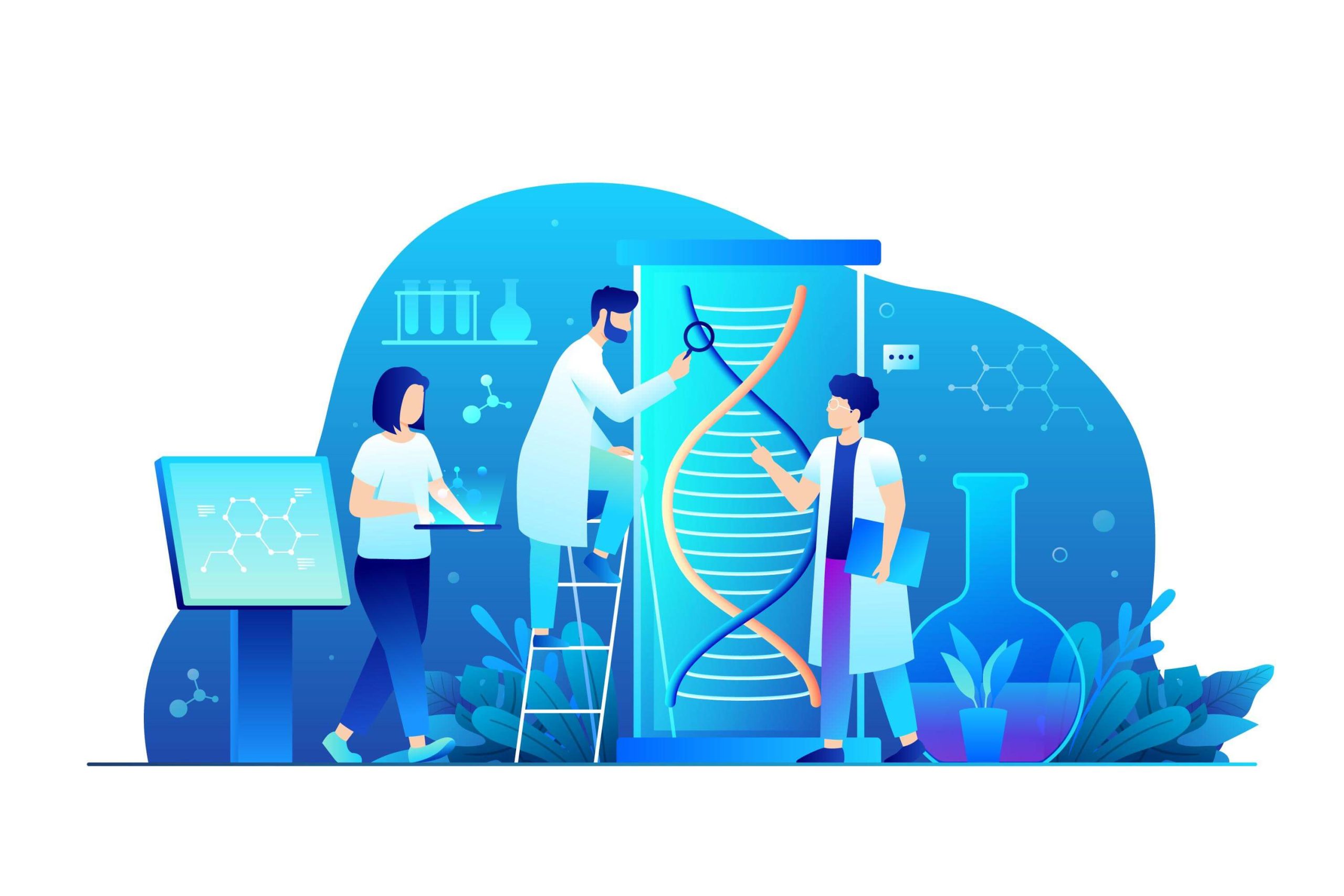
Can I do anything to minimize discomfort like chest tightness or stomach cramps during the NAD+ drip?
Yes, the most effective way to minimize discomfort during an NAD+ infusion is to communicate proactively with your provider. Sensations like chest pressure, muscle cramps, and abdominal tightness are very common and are directly related to the infusion speed. Ask your nurse to start the drip rate slowly and only increase it to a level that remains comfortable for you.
Proper preparation before your appointment can also make a significant difference in your comfort level. Ensure you are well-hydrated by drinking plenty of water the day before and the day of your infusion, and have a light, nutritious meal an hour or two beforehand. This helps stabilize your system and can reduce the intensity of any potential side effects during the treatment.

Is it normal to feel flu-like symptoms or a headache after an NAD+ infusion?
Experiencing mild, flu-like symptoms, fatigue, or a headache after your NAD+ infusion is a relatively common and temporary response. This reaction is often interpreted as a sign that the NAD+ is working effectively, kickstarting cellular repair and detoxification pathways. As your body processes and eliminates metabolic waste, it can create a short-term feeling of being unwell.
To manage these post-infusion symptoms, focus on rest and hydration for the 24 hours following your treatment. Drinking plenty of water, perhaps with added electrolytes, can help flush your system and support your body’s recovery process. These symptoms typically resolve on their own within a day as your cells adapt and begin to function more efficiently.

How can I tell the difference between a normal NAD+ infusion reaction and a more serious problem?
Normal reactions to an NAD+ infusion are directly tied to the rate of the drip and should be manageable. These include temporary flushing of the skin, mild nausea, or a feeling of pressure in the chest or head that subsides almost immediately when the infusion is slowed down or paused. Essentially, a typical side effect is one that you and your provider can easily control in real-time by adjusting the drip speed.
A more serious or atypical reaction would involve symptoms that are severe or do not respond to slowing the infusion rate. Pay close attention to signs like extreme dizziness, shortness of breath, a racing heart that doesn’t calm down, or any signs of an allergic reaction such as hives, swelling, or difficulty breathing. These symptoms are not normal and require immediate medical attention from your provider.
Discover the most comprehensive functional medicine training, longevity training, and biohacking certification programs designed specifically for healthcare professionals, medics, and clinic owners who want to master regenerative medicine protocols and anti-aging therapies. Elevate your practice with Talking Longevity and become a leader in the future of health.


